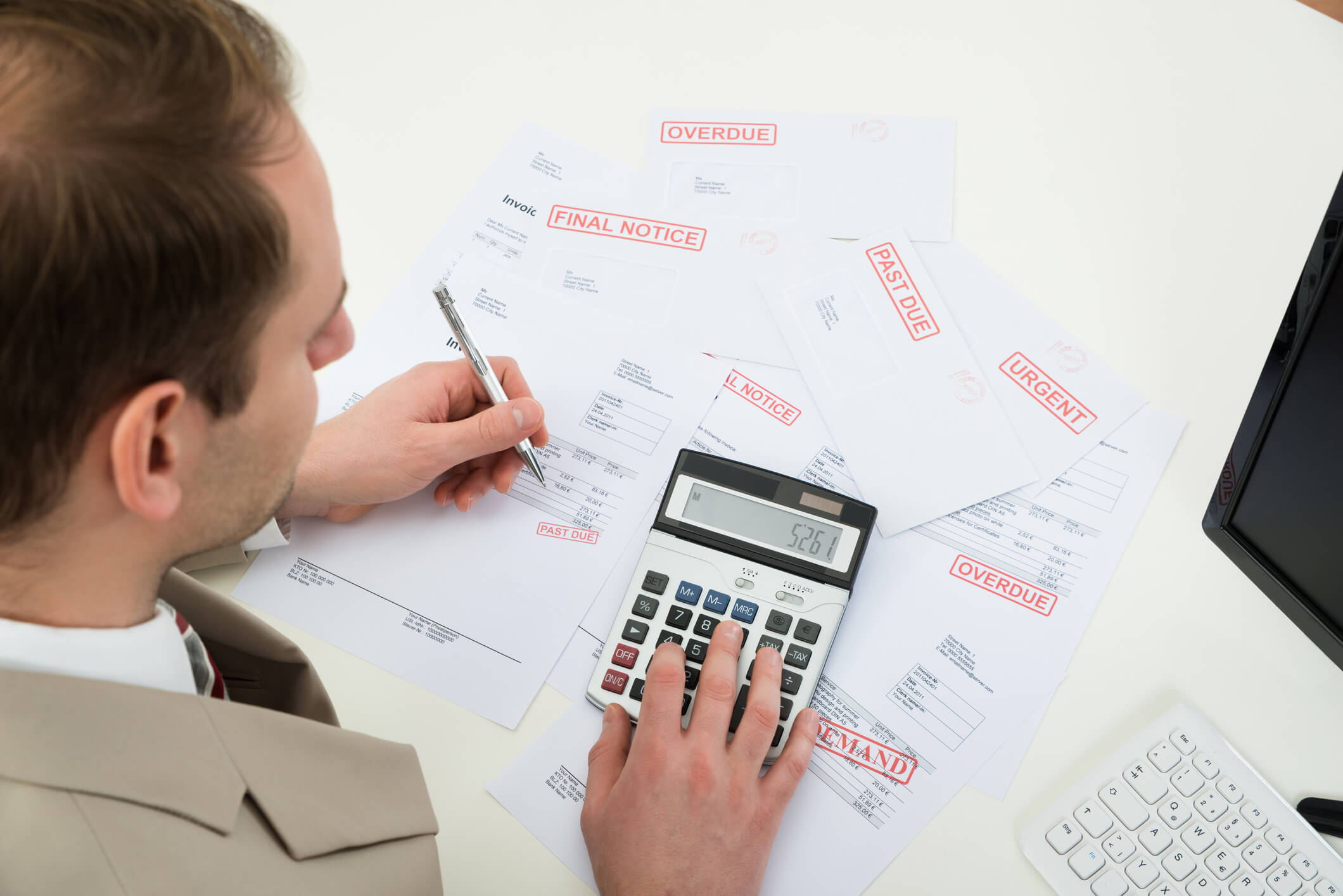Debt, regardless of how big or small, needs to be managed. To deal with small debt, a person must keep up with their payments and ensure they don’t get out of control. On the other hand, when a person is in too much debt, they must put more effort into paying their debt while juggling payments on debts they are not paying.
Knowing How Much is Owed
A person can start by listing their debts, including the creditor amount, the total debt, the monthly payment, and the due date. A person can also use their credit report to confirm the obligations on their list. The list can be referred to as the debt periodically, especially regarding the bills that are paid. Update the list every few months since the amount of debt will change.

Paying Bills on Time Each Month
Late payments make it more challenging to pay off debts since they will have to pay a late fee. They are missing two consecutive payments and their interest rate along with increased finance charges.
If a person uses a calendar system on their computer or smartphone, they can enter their payments there and set an alert to remind them several days before a payment is due. If a person fails to make a payment, do not wait until the next due date to send payment because this will get a person reported to the credit bureau. Instead, send their payment as soon as they remember.

Create a Monthly Bill Payment Calendar
Use an invoice payment calendar to help determine which accounts to pay with which payment check. On your calendar, enter the payment amount of each invoice next to the due date. Next, fill in the date of each paycheck. You can use the same calendar month if you are paid on the same days each month, such as the first and fifteenth. However, if your paychecks fall on different days, it will help to create a new calendar for each month.
Make at Least the Minimum Payment
If a person can’t afford to pay for anything else, the least they can do is make the minimum payment. Of course, the minimum payment does not help them make real progress in paying off their debt. However, it stops their debt from growing. When they forget about payments, it becomes harder to catch up, and eventually, their accounts could default.
Decide What Debts to Pay in The First Place
Credit card debt is the best candidate for priority payment. The one with the highest interest rate usually prioritizes payment from all credit cards since it costs money. Use the debt list to prioritize and sort debts in order to be paid.
Pay the Charges and Cancellations
When a person has limited funds for debt repayment, they should focus on keeping their other accounts in good shape. People should never sacrifice their positive accounts for those who have already affected their credit. Instead, pay back bills when they can afford to do so.

Use an Emergency Fund to Fall Again
Without access to savings, a person would have to go into debt to cover an emergency expense. Even a small emergency fund will cover the small costs that arise occasionally. First, try to create an emergency fund of $1,000. Once that is achieved, they aim to create a larger fund, such as $2,000. Over time, you want to accumulate a reserve of six months of expenses.
Use a Monthly Budget to Plan Your Expenses
Maintaining a budget helps determine whether a person has enough money to cover all their monthly expenses. Plan well in advance, and a person can also take early action if it looks like they will not have enough money for their bills this month or next. A budget also helps plan to spend extra money that remains after expenses are covered. You can use this extra money to pay the debt faster.
Recognize the Symptoms That Need Help
If a person finds it difficult to pay off their debt and other bills each month, they can also get help from a debt relief company such as a credit counseling agency. Other options for debt relief are debt consolidation, debt settlement, and bankruptcy. All of them have advantages and disadvantages, so they weigh options carefully. About Complete Controller® – America’s Bookkeeping Experts Complete Controller is the Nation’s Leader in virtual bookkeeping, providing service to businesses and households alike. Utilizing Complete Controller’s technology, clients gain access to a cloud platform where their QuickBooks™️ file, critical financial documents, and back-office tools are hosted in an efficient SSO environment. Complete Controller’s team of certified US-based accounting professionals provide bookkeeping, record storage, performance reporting, and controller services including training, cash-flow management, budgeting and forecasting, process and controls advisement, and bill-pay. With flat-rate service plans, Complete Controller is the most cost-effective expert accounting solution for business, family-office, trusts, and households of any size or complexity.
About Complete Controller® – America’s Bookkeeping Experts Complete Controller is the Nation’s Leader in virtual bookkeeping, providing service to businesses and households alike. Utilizing Complete Controller’s technology, clients gain access to a cloud platform where their QuickBooks™️ file, critical financial documents, and back-office tools are hosted in an efficient SSO environment. Complete Controller’s team of certified US-based accounting professionals provide bookkeeping, record storage, performance reporting, and controller services including training, cash-flow management, budgeting and forecasting, process and controls advisement, and bill-pay. With flat-rate service plans, Complete Controller is the most cost-effective expert accounting solution for business, family-office, trusts, and households of any size or complexity.




